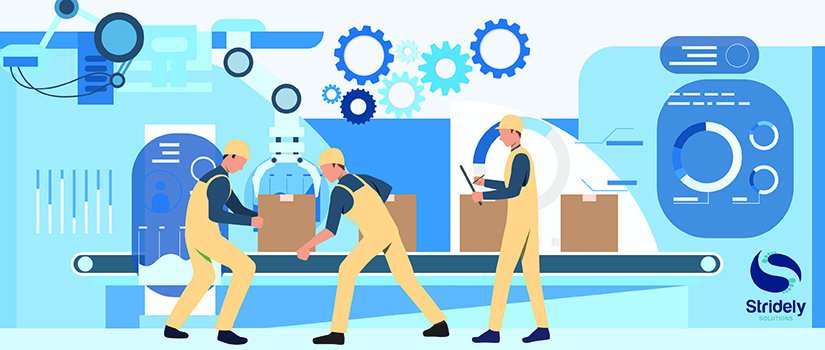The Strategizing Part for Manufacturing Sector – Tips for Futuristic and Sustainable Planning

Technological trends have caused a seismic shift in the way organizations to work and plan for the future. Nearly every sector and every industry have parted ways with the traditional form of business, adopting digital methods.
SAP Vs. Oracle – Which Solution is the Best for your Organisation?

Many companies face a common challenge about operational stability and benefits realization. Even though ERP systems are in use, 60% of companies are not able to make use of it. Based on the custom software development services, you can find two best software solutions in the market.
Best Practices of Online Document Collaboration

Working with teams that are distributed across different regions could uncoil a series of challenges. For one, collaborating at such a wider level is a problem difficult to solve and to top this, avoiding the possibilities of miscommunication is another crucial thing.

